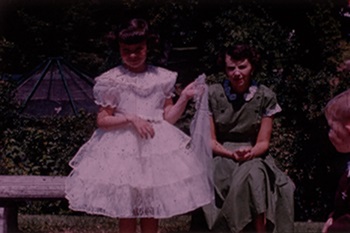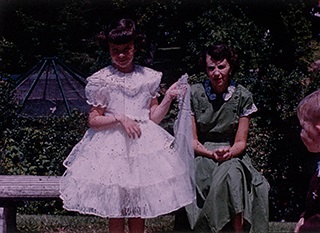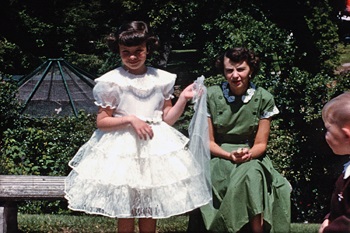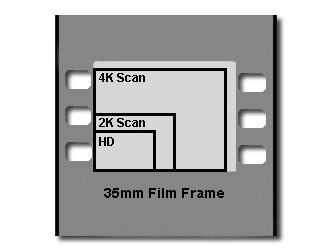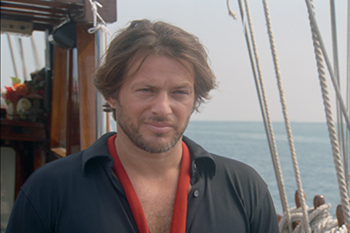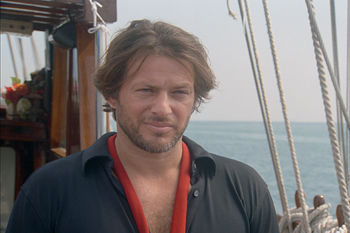
Some customer in Chesapeake may be wondering just how much information is actually on film!! That's a good question. Film is an analogue source, like a painting. There is a certain resolution needed to faithfully capture all the details in a digital form. The following images are a simplification to illustrate some general points and are not exact.
In general it is recommended that you scan at or above the resolution of the film. For 8mm and Super 8 that means scanning at HD or 2K.
So, for example, if you are looking for the best quality DVD, scan your 8mm or Super 8 at HD. If you are looking to go to BluRay then scan your 8mm or Super 8 at 2K.
16mm Film Chesapeake |
|
Process Comparison
|
|
Pro SD Scan
|
|
Pro HD Scan
|
|
Pro 2K Scan
|
|
35mm Film |
|
Process Comparison
|
|
Pro HD Scan
|
|
Pro 2K Scan
|
|
Pro 4K Scan
|
|
Chesapeake Fun Facts: The actual history of Chesapeake goes back much further...to the early 1600s when the area was first settled. The historic Battle of Great Bridge took place in what is now Chesapeake in 1775, marking an early Revolutionary War victory for American troops over the forces of British Royal governor Lord Dunmore. In 1793, work began on the Dismal Swamp Canal, which opened in 1805, but later experienced hard times and is today part of the Atlantic Intracoastal Waterway. By 1920 South Norfolk had developed to the point where it was incorporated as a city, but by the 1950s, had fallen victim (along with Norfolk County) to annexation suits filed by neighboring cities.
Virginia Fun Facts: In addition to eight presidents, famous Virginians include singer Ella Fitzgerald, tennis star Arthur Ashe, actress Shirley MacLaine and authors Willa Cather and Tom Wolfe. One of the 13 original colonies, Virginia was the first part of the country permanently settled by the English, who established Jamestown on the banks of the James River in 1607. The home state of George Washington, Thomas Jefferson and other founding fathers, Virginia played an important role in the American Revolution (1775-83). During the Civil War (1861-65), the city of Richmond, Virginia, became the capital of the Confederacy, and more than half of the conflict’s battles were fought in the state.





